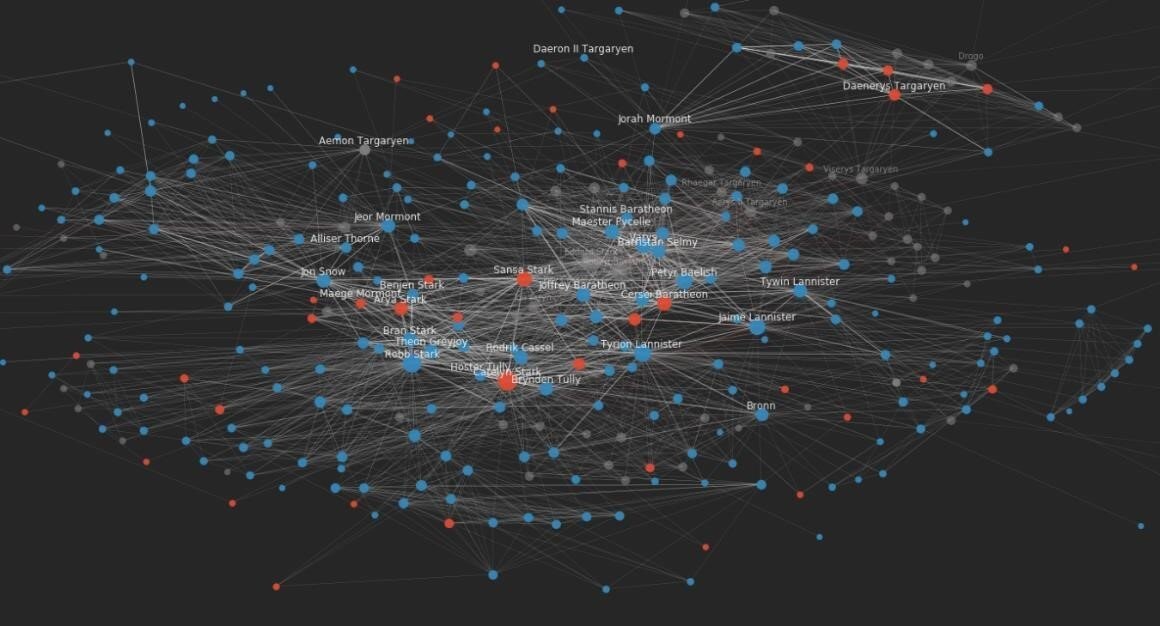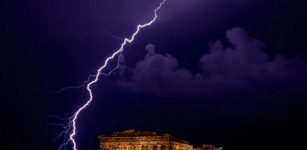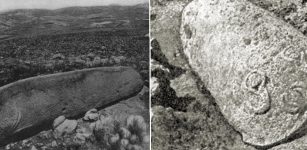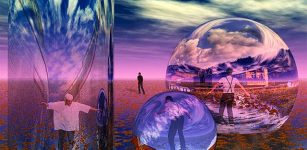Unraveling The Secrets Behind ‘Game Of Thrones’ Using Data Science And Network Theory
Cynthia McKanzie – MessageToEagle.com – If you like fantasy Game Of Thrones is a must-watch. Based on George R. R. Martin’s series of fantasy novels the Game of Thrones has attracted a record viewership all across the world. Those who have knowledge of mythology and ancient history will certainly enjoy Game of Thrones as we find the series features many mythological characters and several events have historical roots.
But what are the secrets behind one of the most successful fantasy series of all time? How has a story as complex as “Game of Thrones” enthralled the world and how does it compare to other narratives?

Using data science and network theory, scientists from five universities in the UK and Ireland have joined forces to unravel “A Song of Ice and Fire”, the books on which the TV series is based.
“These books are known for unexpected twists, often in terms of the death of a major character, it is interesting to see how the author arranges the chapters in an order that makes this appear even more random than it would be if told chronologically,” Dr. Pádraig MacCarron, from University of Limerick said.
The study shows the way the interactions between the characters are arranged is similar to how humans maintain relationships and interact in the real world. Moreover, although important characters are famously killed off at random as the story is told, the underlying chronology is not at all so unpredictable.
The team found that, despite over 2,000 named characters in “A Song of Ice and Fire” and over 41,000 interactions between them, at chapter-by-chapter level these numbers average out to match what we can handle in real life. Even the most predominant characters—those who tell the story—average out to have only 150 others to keep track of. This is the same number that the average human brain has evolved to deal with.
While matching mathematical motifs might have been expected to lead to a rather narrow script, the author, George R. R. Martin, keeps the tale bubbling by making deaths appear random as the story unfolds. But, as the team show, when the chronological sequence is reconstructed the deaths are not random at all: rather, they reflect how common events are spread out for non-violent human activities in the real world.

The social network at the end of the first book “A Game of Thrones”. Blue nodes represent male characters, red are female characters and transparent grey are characters who are killed by the end of the first book. Credit: University of Cambridge
‘Game of Thrones’ has invited all sorts of comparison to history and myth and the marriage of science and humanities in this paper opens new avenues to comparative literary studies.
It shows, for example, that it is more akin to the Icelandic sagas than to mythological stories such as England’s Beowulf or Ireland’s Táin Bó Cúailnge. The trick in Game of Thrones, it seems, is to mix realism and unpredictability in a cognitively engaging manner.
“The methods developed in the paper excitingly allow us to test in a quantitative manner many of the observations made by readers of the series, such as the books famous habit of seemingly killing off characters at random,” Thomas Gessey-Jones, from the University of Cambridge, commented.
See also:
Can A Huge Ice Wall From Game Of Thrones Exist On Earth?
Does The Climate In Game Of Thrones Make Sense?
“This kind of study opens up exciting new possibilities for examining the structure and design of epics in all sorts of contexts; impact of related work includes outcry over misappropriation of mythology in Ireland and flaws in the processes that led to it,” Professor Robin Dunbar, from the University of Oxford, observed.
“I am excited to see the use of network analysis grow in the future, and hopefully, combined with machine learning, we will be able to predict what an upcoming series may look like,” Dr. Joseph Yose, from Coventry University said.
Putting science aside, we can add that one way of finding out what happens next is of course to wait patiently for the next part, or just read the book.
Written by Cynthia McKanzie – MessageToEagle.com Staff Writer










